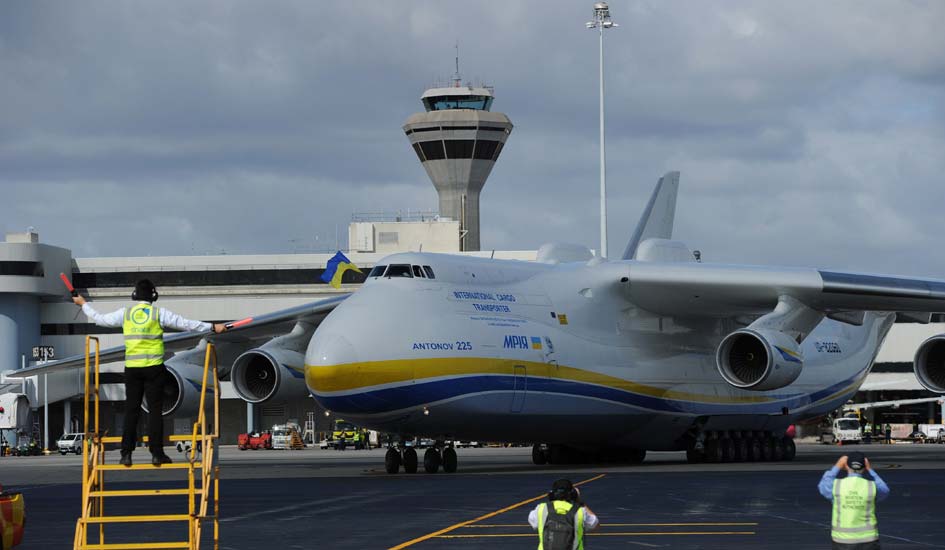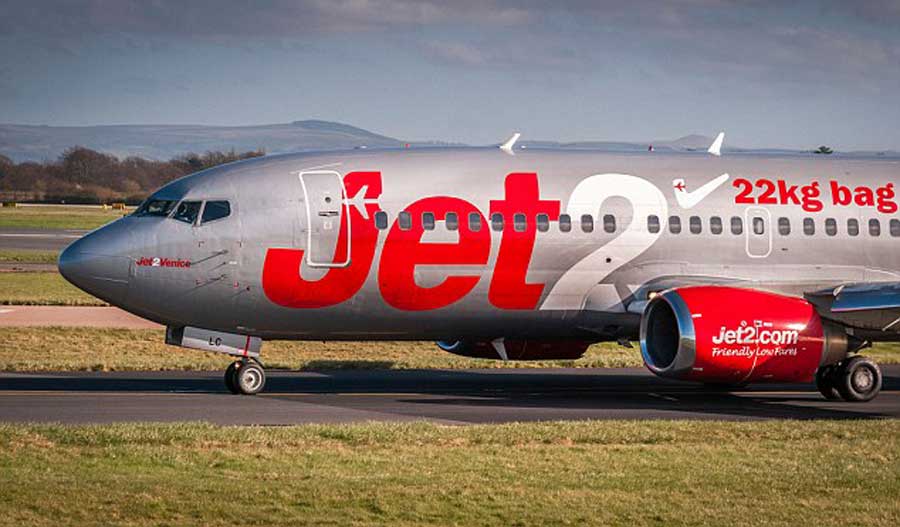Boeing Defense posted a provocative Tweet today showing what appears to be a new aircraft design under a big black sheet with the teaser “Robust? Check. Ready? Check.
Changing future air power? Check it out! See the reveal 12/19! #PhantomWorks” on their Twitter account. Phantom Works is the company’s secretive leading-edge design house that is modeled roughly on Lockheed’s legendary Skunk Works.
New military aircraft unveils can come with all the glitz and glamour of a new car model unveil, but what’s different here is there seems to be nothing definitively known about this new aircraft or its origins at this time.
Robust? Check
Ready? Check
Changing future air power? Check it out!See the reveal 12/19! #PhantomWorks pic.twitter.com/92PZCtIQP5
— Boeing Defense (@BoeingDefense) December 14, 2017
At first glance, this aircraft looks like a derivative of Sierra Nevada Corporation’s Dreamchaser orbiter—a space faring aircraft design that has roots dating back to the dawn of manned spaceflight.
But Boeing isn’t part of that program and it would seem somewhat odd to shoehorn a similar program into the defense space alone, although it is possible. Boeing has a very unique past with reusable orbiter type space vehicles, having brought the X-37B to life for the Pentagon, and the company has an even longer history with the Space Shuttle. Boeing acquired the Space Shuttle’s original manufacturer Rockwell in 1996. Maybe Boeing is going to attempt to field a very similar product aimed solely at the defense sector.
Boeing has also been chosen by the Pentagon’s “bleeding edge” research and development arm DARPA to build a new revolutionary spaceplane-like system called the XS-1. It is possible that this aircraft has something to do with this program, even if it is just in a scaled down risk-reduction or technology demonstrator form.
The thing is that this could be something totally unrelated to space as well. We are viewing the aircraft from behind, and although its canted wings/control surfaces look very thick, they could be all maneuvering. Also its twin nose wheel front gear and relatively heavy looking main gear could also be a tell as to its intended mission.
Boeing blazed major trails in the early to mid 2000s proving the advanced unmanned combat air vehicle concept with the company’s X-45 demonstrators. They followed up with their promising X-45C Phantom Ray UCAV prototype, which was by all accounts very capable and stealthy. Boeing appeared to be pioneering the biggest revolution in air combat since the jet engine—that is until the USAF’s interest in the groundbreaking capability seemed to evaporate suddenly. We have written about this astonishing phenomenon, its massive repercussions, and the highly classified world of UCAV development in this must-read special feature.

There has been some recent interest from the USAF in lower-end UCAVs, some of which are optionally expendable, and can work as a team with manned fighter aircraft under the “loyal wingman” concept or as swarm with other UCAVs. But so far these contracts have gone to target drone builder Kratos, not Boeing.
With this in mind, it’s possible that Boeing is making another pass at the UCAV concept, or at least providing a prototype that could lead to such a capability later on.
And this is where we come to the possibility that this strangely shaped aircraft is actually a clean-sheet design to fulfill the Navy’s Carrier Based Aerial Refueling System (CBARS) requirement. We still haven’t seen Boeing’s offering for the competition, and seeing that low observability (stealth) was stripped from the program’s requirements, a stranger shaped design that is especially suited for hauling large fuel loads could be realized.
With once favored Northrop Grumman out of the picture, Boeing could be eyeing CBARS as a way to finally give them the foothold they need in the high-end unmanned combat aircraft space that could allow them a better shot of fielding more complex UCAVs down the road.
Some may think this aircraft has something to do with Boeing’s Aurora Flight Sciences acquisition. Although we can’t count anything out at this point, it seems unlikely. The ducted fan technology primarily being explored by the company under a DARPA initiative in the form of the XV-24A Lightning Strike looks nothing like this. Also the acquisition occurred fairly recently, so it would seem odd that an Aurora Flight Sciences aircraft design would be unveiled in such a manner by Boeing so soon.
What do you think it is?
Source: The Drive









